Tooth Extraction or Fillings
Tooth Extraction or Fillings: Making the Best Decision for Your Dental Health
Tooth Extraction or Fillings
When it comes to dental care, making the right decision can be crucial to maintaining optimal oral health. One of the most common dilemmas faced by dental patients is whether to opt for tooth extraction or fillings. While fillings are often the preferred option in cases of mild or moderate tooth decay, tooth extraction may be necessary in more severe cases. It’s important to understand the pros and cons of both options before making a decision. In this blog post, we will discuss the factors that should be considered when deciding between tooth extraction and fillings, as well as the benefits and drawbacks of each choice. Whether you’re dealing with a cavity or a more complex dental issue, this guide will help you make an informed decision for your oral health needs.

1. Understanding the difference between tooth extraction and fillings
When it comes to dental health, making the best decision for your specific situation is crucial. One common dilemma that many patients face is whether to opt for a tooth extraction or a filling. Understanding the difference between these two procedures is essential in making an informed choice.
Tooth extraction involves the complete removal of a tooth from its socket in the jawbone. This is typically recommended when a tooth is severely damaged, decayed beyond repair, or causing significant pain and infection. While it may seem like a drastic measure, tooth extraction can sometimes be the best option for preserving overall oral health.
On the other hand, fillings are a more conservative approach to treating dental issues. This procedure involves removing the decayed or damaged portion of a tooth and filling the space with a durable material, such as composite resin or amalgam. Fillings are commonly used for treating cavities, restoring tooth structure, and preventing further decay or damage.
The decision between tooth extraction and fillings depends on various factors, including the severity of the dental issue, the overall health of the tooth, and the patient’s oral hygiene habits. In some cases, a tooth extraction may be necessary to prevent the spread of infection or to make way for orthodontic treatment. However, if the tooth can be saved and restored effectively with a filling, it is often the preferable option.
It is important to consult with a trusted dentist who can evaluate your specific dental condition and provide professional advice. They will consider factors such as the extent of decay or damage, the presence of infection, the position of the tooth in the mouth, and your overall oral health history. By understanding the difference between tooth extraction and fillings, you can make an informed decision that best supports your dental health and overall well-being.
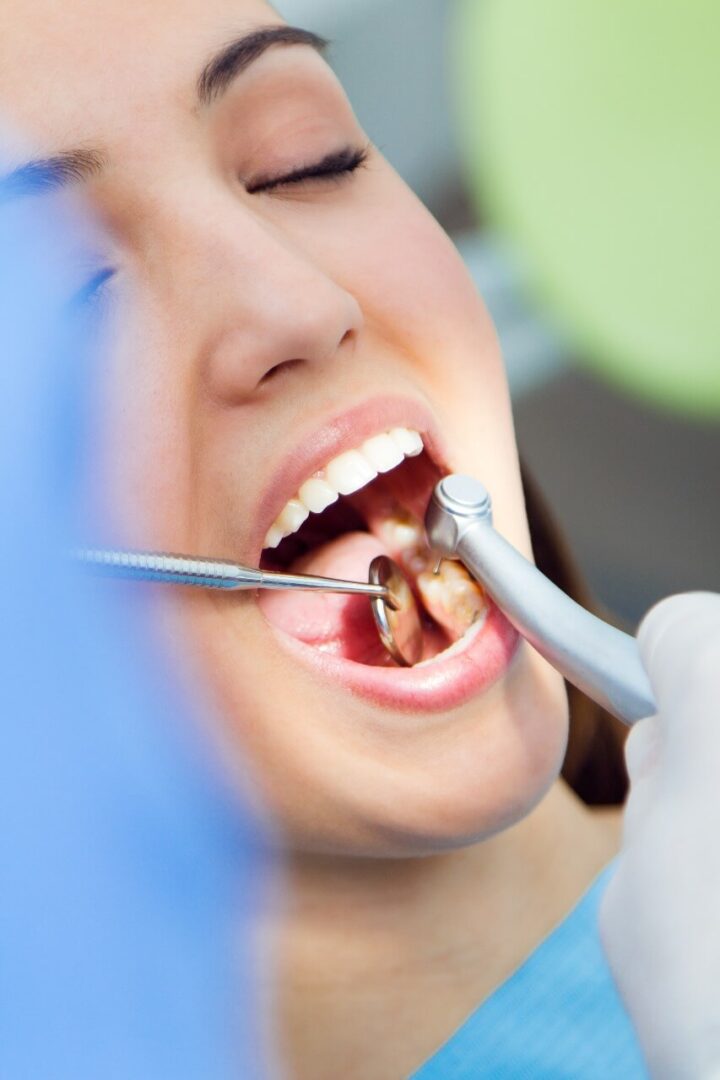
2. When is a tooth extraction necessary?
Tooth extraction is a dental procedure that involves removing a tooth from its socket in the jaw bone. While it may sound daunting, there are certain situations where a tooth extraction becomes necessary for the overall health of your teeth and gums.
One common reason for tooth extraction is severe tooth decay or damage. If a tooth is extensively decayed or broken beyond repair, a dentist may recommend extraction to prevent further infection or pain. In some cases, a tooth extraction may also be necessary to create space for orthodontic treatment, such as braces, when there is overcrowding.
Another scenario where a tooth extraction may be necessary is when a tooth is impacted. This occurs when a tooth is unable to fully emerge from the gum line, often seen in the case of wisdom teeth. Impacted teeth can cause discomfort, inflammation, and even infection if left untreated. In such cases, the dentist may recommend extraction to alleviate the symptoms and prevent potential complications.
Additionally, if you have advanced periodontal disease, where the gums and supporting tissues are severely damaged, tooth extraction may be required. This is often a last resort when other treatments, such as scaling and root planing or gum surgery, have not been successful in saving the tooth.
It is important to note that tooth extraction is not always the first option. Dentists strive to preserve natural teeth whenever possible and will explore alternatives like fillings or root canal treatment before resorting to extraction. However, if the tooth is beyond repair or poses a risk to your overall dental health, extraction may be the best course of action.
Ultimately, the decision to extract a tooth is made on a case-by-case basis, taking into consideration factors such as the condition of the tooth, its impact on surrounding teeth, and your overall dental health. Consulting with your dentist and discussing your concerns and treatment options will help you make an informed decision that aligns with your dental needs and goals.
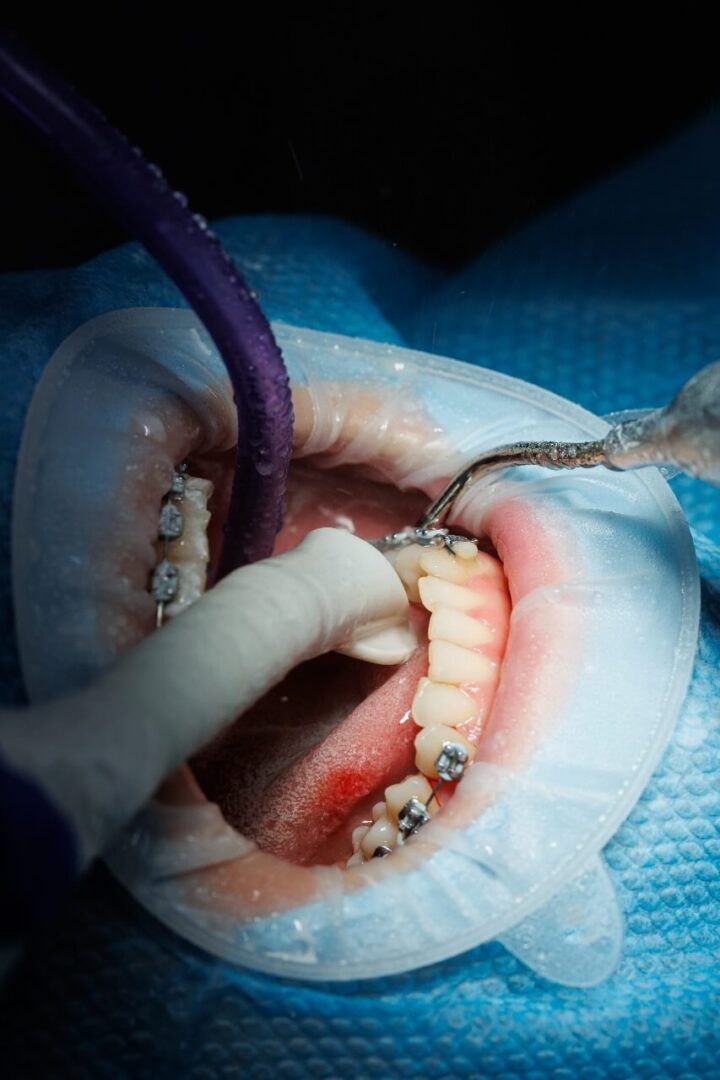
3. The benefits and drawbacks of tooth extraction
Deciding between tooth extraction and fillings can be a tough choice when it comes to your dental health. Understanding the benefits and drawbacks of tooth extraction can help you make the best decision for your specific situation.
One major benefit of tooth extraction is that it can provide a permanent solution to severe dental issues. For example, if a tooth is severely decayed, damaged, or infected beyond repair, extraction may be necessary to alleviate pain and prevent further complications. In some cases, extracting a problematic tooth can also create space for orthodontic treatment, such as braces, to properly align your teeth.
However, tooth extraction does come with some drawbacks. One of the most obvious is the loss of a natural tooth. Losing a tooth can impact your ability to chew properly, affect your speech, and even lead to changes in the alignment of your remaining teeth over time. Additionally, the extraction process itself may require some downtime for recovery, including potential discomfort or swelling.
In comparison, fillings offer a less invasive alternative for addressing dental issues. Fillings are typically used to treat cavities or minor tooth damage by removing the decayed or damaged portion and filling it with a durable material. The benefits of fillings include preserving the natural tooth structure, maintaining proper chewing function, and restoring the appearance of your smile.
However, fillings may not be suitable for more severe cases. If a tooth is extensively damaged or the decay has spread to the tooth pulp, a filling may not be sufficient to restore its health. In such cases, tooth extraction may be recommended to prevent further complications and promote overall oral health.
Ultimately, the decision between tooth extraction and fillings should be made in consultation with your dentist. They will assess the specific condition of your tooth, consider your dental history, and discuss the pros and cons of each option in relation to your overall oral health goals. Remember, maintaining regular dental check-ups and practicing good oral hygiene habits can help prevent the need for extensive dental procedures in the first place.
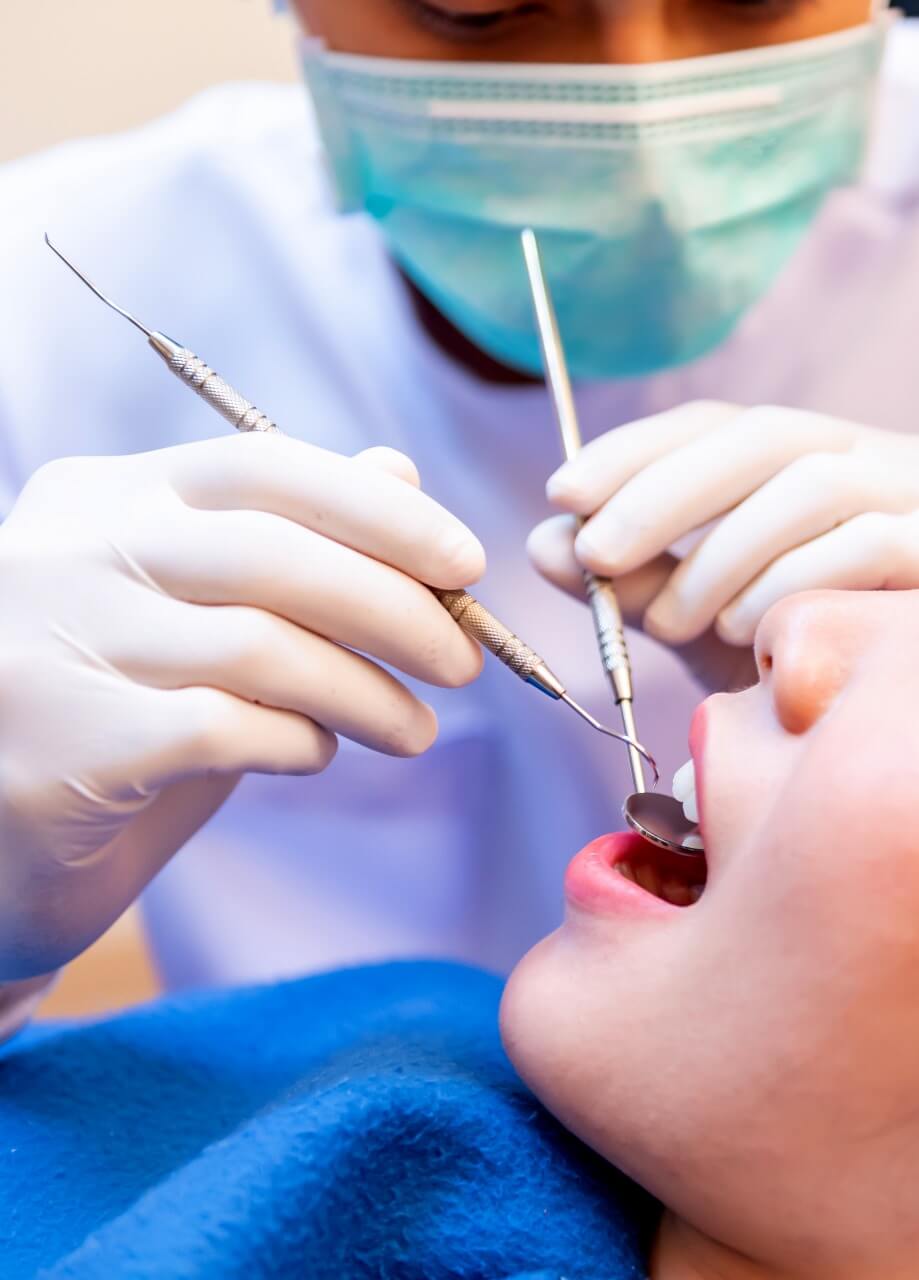
4. What to expect during a tooth extraction procedure
When it comes to dental health, tooth extractions are sometimes necessary to maintain overall oral well-being. If you find yourself in a situation where a tooth extraction is the recommended course of action, it’s natural to have questions and concerns about the procedure. Understanding what to expect during a tooth extraction can help alleviate any anxiety and make the process smoother.
First and foremost, it’s important to note that tooth extractions are typically performed under local anesthesia. This ensures that you won’t feel any pain during the procedure. Your dentist or oral surgeon will numb the area around the affected tooth, making the extraction a comfortable experience.
Once the anesthesia takes effect, the dentist will carefully loosen the tooth from its socket using specialized tools. In some cases, a small incision may be made to access the tooth more easily. The dentist will then gently rock the tooth back and forth to widen the socket and facilitate its removal.
While the idea of a tooth extraction may sound intimidating, rest assured that dentists are highly skilled professionals who prioritize patient safety and comfort. The entire procedure is usually completed in a matter of minutes, with minimal discomfort.
After the tooth is successfully removed, your dentist may place gauze over the extraction site to control any bleeding. It’s normal to experience some bleeding, but it should subside within a few hours. Your dentist will provide you with detailed instructions on how to care for the extraction site and promote proper healing.
In the days following the extraction, it’s crucial to follow your dentist’s post-operative instructions. This may include avoiding certain foods, maintaining good oral hygiene, and taking any prescribed medications. While some discomfort and swelling may occur initially, it typically subsides within a few days.
Remember, tooth extraction is a common dental procedure performed to ensure the overall health of your mouth. By knowing what to expect and taking proper care afterward, you can navigate the process with confidence and pave the way for a healthy and happy smile.

5. When are fillings a viable option?
When it comes to dental health, fillings are often a viable option for addressing certain dental issues. Fillings are commonly used to treat cavities, which are areas of tooth decay. If the decay is relatively small and hasn’t compromised the overall structure of the tooth, a filling can be a great solution.
One of the main benefits of fillings is their ability to restore the tooth’s functionality and appearance. The process involves removing the decayed portion of the tooth and filling the resulting cavity with a suitable material, such as composite resin or amalgam. These materials are durable and can withstand the forces of chewing, allowing you to continue using your tooth as you normally would.
Fillings also help prevent further decay by sealing off the cavity and preventing bacteria from entering the tooth. This can help preserve the overall health of the tooth and prevent the need for more extensive dental work in the future.
Additionally, fillings are a relatively quick and straightforward procedure. They can usually be completed in a single dental visit, saving you time and hassle compared to more invasive treatments like tooth extraction.
However, it’s important to note that fillings may not be suitable for all situations. If the decay is extensive or has reached the inner layers of the tooth, a filling may not provide sufficient support. In such cases, a tooth extraction may be necessary to prevent further damage or infection.
Ultimately, the decision of whether to opt for fillings or tooth extraction depends on various factors, including the severity of the decay, the overall health of the tooth, and the recommendation of your dentist. It’s always best to consult with a dental professional who can assess your specific situation and provide personalized advice to help you make the best decision for your dental health.

6. Pros and cons of dental fillings
Dental fillings are a common dental procedure used to treat cavities and restore the structure and function of a decayed tooth. While fillings can be an effective and affordable solution, it’s important to consider both the pros and cons before making a decision about your dental health.
One of the major advantages of dental fillings is their ability to preserve more of the natural tooth structure. Unlike tooth extractions, which involve removing the entire tooth, fillings only remove the decayed portion and fill it with a durable material such as composite resin or amalgam. This preservation of the tooth structure helps to maintain the integrity and strength of the natural tooth.
Another benefit of dental fillings is their versatility. Fillings can be used to treat small to moderate-sized cavities and can be placed in both front and back teeth. They are also a relatively quick and non-invasive procedure, requiring minimal downtime compared to more extensive dental treatments.
On the flip side, dental fillings do have some drawbacks that should be considered. One of the main concerns is the potential for future decay or damage to the filled tooth. Over time, fillings can wear down, chip, or become loose, requiring replacement or additional dental work. Additionally, some people may experience tooth sensitivity or discomfort after getting a filling, especially if the decay was deep or close to the nerve.
It’s also important to note that the choice between a dental filling and tooth extraction depends on the severity of the decay or damage. In some cases, a filling may not be a viable option if the tooth is extensively decayed, fractured, or if there is a risk of infection spreading to the surrounding teeth and gums. In such situations, a tooth extraction may be necessary to prevent further complications and preserve overall dental health.
Ultimately, the decision between dental fillings and tooth extraction should be made in consultation with your dentist. They will assess the condition of your tooth, consider your oral health history, and discuss the potential risks and benefits of each option. By weighing the pros and cons and considering your individual circumstances, you can make an informed decision that best suits your dental health needs.
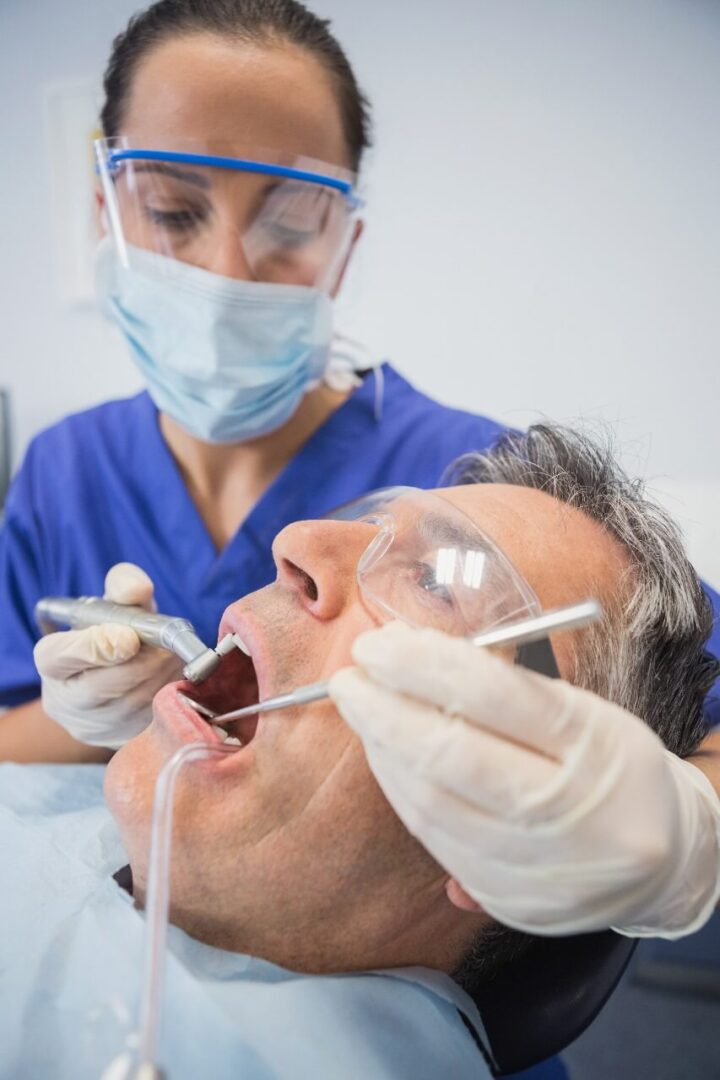
7. The process of getting dental fillings
When it comes to maintaining optimal dental health, fillings play a crucial role in restoring and preserving the integrity of your teeth. If you have been advised to get dental fillings, understanding the process can help ease any anxieties or uncertainties you may have.
The first step in getting dental fillings is a thorough examination by your dentist. They will assess the condition of your teeth, identify any decay or damage, and determine the suitability of fillings as a treatment option. X-rays may be taken to get a comprehensive view of the affected teeth and ensure no underlying issues are missed.
Once the need for fillings is confirmed, your dentist will begin the process by administering local anesthesia to numb the area around the affected tooth. This ensures that you experience minimal discomfort during the procedure.
Next, your dentist will remove the decayed or damaged portion of the tooth using specialized dental instruments. This step is crucial as it is essential to eliminate all traces of decay to prevent further damage or infection. The affected area will be cleaned and prepared for the filling material.
The choice of filling material depends on various factors, including the location and extent of the damage, your budget, and your personal preferences. Common filling materials include amalgam, composite resin, porcelain, and gold. Your dentist will discuss these options with you and recommend the most suitable one for your specific needs.
Once the filling material is selected, it will be carefully placed into the prepared tooth, layer by layer. Your dentist will shape and sculpt the filling to ensure a natural and comfortable fit. A special curing light may be used to harden the filling material, ensuring its durability and longevity.
After the filling is complete, your dentist will check your bite and make any necessary adjustments to ensure proper alignment and function. They will also provide you with post-treatment instructions, such as avoiding chewing on hard or sticky foods for a certain period.
Getting dental fillings is a relatively straightforward and painless procedure that can be completed in a single dental visit. It not only restores the aesthetics of your smile but also strengthens the affected tooth, preventing further decay and complications.
Remember, maintaining regular dental check-ups and practicing good oral hygiene habits are essential to prevent the need for extensive dental treatments like fillings. By prioritizing your dental health, you can make informed decisions and keep your smile healthy and beautiful for years to come.
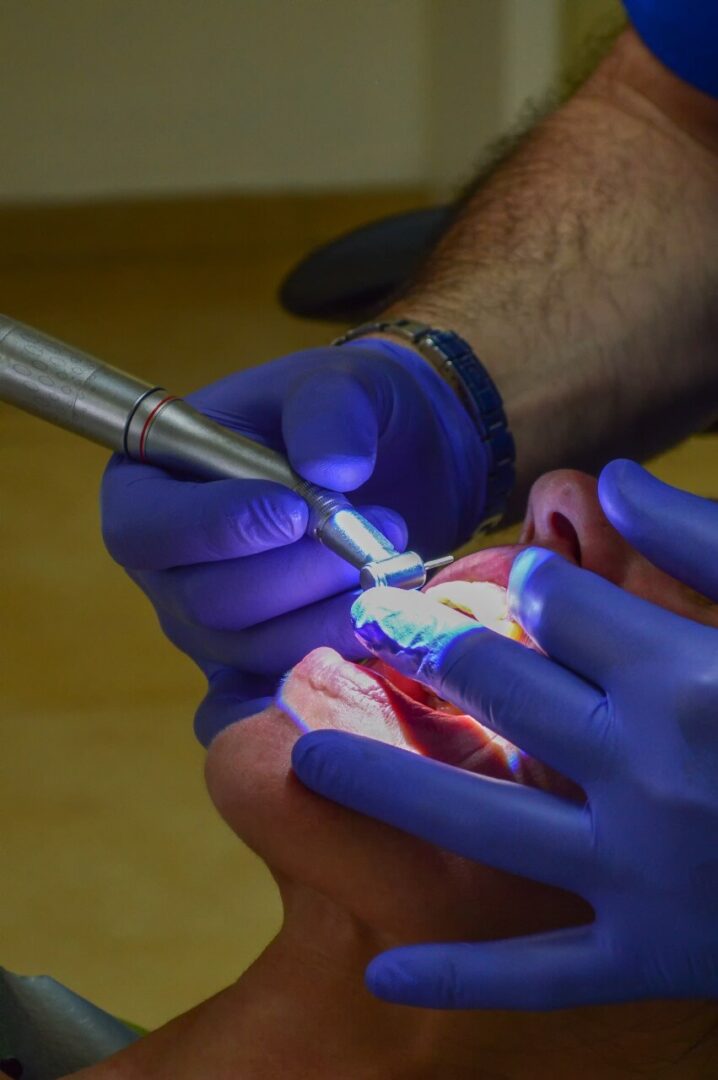
8. Factors to consider when making the decision
When it comes to making a decision about tooth extraction or fillings, there are several key factors to consider. Each option has its own benefits and drawbacks, and it’s important to weigh these factors carefully before making a decision.
Firstly, the extent of the dental issue should be considered. Fillings are typically recommended for smaller cavities or areas of tooth decay. They involve removing the damaged portion of the tooth and filling it with a material such as composite resin or amalgam. On the other hand, tooth extraction is usually considered for more severe cases, such as extensive decay or a severely damaged tooth that cannot be salvaged.
Secondly, the overall health of the tooth and surrounding structures should be taken into account. If the tooth is structurally compromised or if there is a risk of the infection spreading to the surrounding gums or bone, extraction may be the best course of action. However, if the tooth can be effectively restored with a filling, it may be worth preserving it to maintain chewing function and prevent further complications.
The location of the tooth is another important factor to consider. If the affected tooth is a back molar that is not highly visible and does not play a significant role in chewing, extraction may be a viable option. However, if the tooth is a visible front tooth or a premolar that is crucial for chewing and aesthetics, preserving it with a filling may be a better choice.
Additionally, the patient’s overall oral health and personal preferences should be taken into consideration. Some individuals may have a higher risk of tooth decay or gum disease, making extraction a more practical solution in the long run. Others may prioritize preserving their natural teeth whenever possible, even if it requires more extensive dental work.
Lastly, the cost and time commitment associated with each option should be evaluated. Fillings are generally more affordable and can be completed in a single dental visit. In contrast, tooth extraction may require additional treatments, such as dental implants or bridges, to restore function and aesthetics, which can be more expensive and time-consuming.
Ultimately, the decision between tooth extraction and fillings should be made in consultation with a qualified dentist. They will assess the individual’s dental health, discuss the available options, and provide personalized recommendations based on the specific circumstances. By considering these factors carefully, individuals can make the best decision for their dental health and overall well-being.

9. Consultation with your dentist
When it comes to making decisions about your dental health, it’s crucial to consult with a professional. Your dentist is the best person to guide you in determining whether a tooth extraction or fillings are the right solution for your specific situation.
During a consultation with your dentist, they will thoroughly examine your teeth and assess the extent of the damage or decay. By utilizing their expertise and experience, they can provide you with an accurate diagnosis and recommend the most appropriate treatment option.
This consultation serves as an opportunity for you to ask any questions or voice concerns you may have. Your dentist will take the time to explain the pros and cons of each option, allowing you to make an informed decision that aligns with your dental health goals.
Additionally, your dentist will consider various factors such as the overall health of your teeth, the location and severity of the issue, and your individual oral hygiene habits. These details will help them determine whether a filling can effectively restore the tooth or if extraction is necessary to prevent further complications.
Remember, your dentist has your best interests in mind and wants to ensure you receive the most suitable treatment for your dental health. By having a consultation, you can gain clarity and confidence in making the best decision, leading to optimal oral health and a beautiful smile.
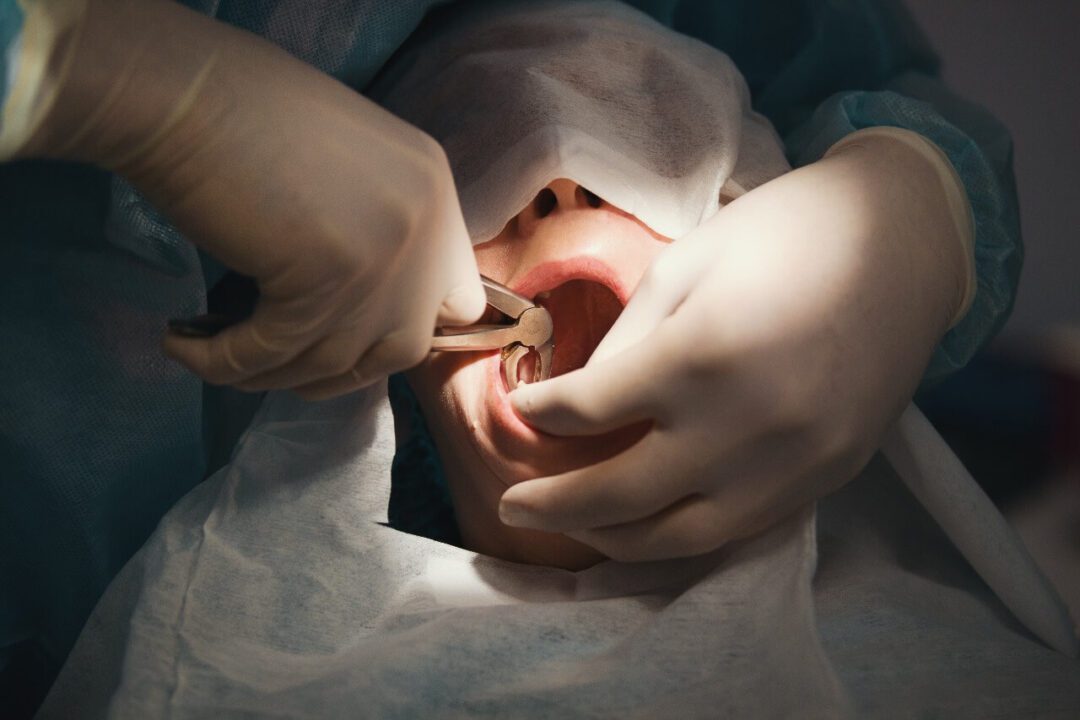
10. Conclusion: Choosing the best option for your dental health
In conclusion, when it comes to deciding between tooth extraction and fillings, it is crucial to prioritize your dental health and consult with a trusted dentist. Each case is unique, and what works for one person may not be the best solution for another.
Fillings are typically recommended for smaller cavities or minor tooth damage. They are a conservative approach that allows you to preserve your natural tooth structure. With advancements in dental materials, fillings can be virtually indistinguishable from your natural teeth, providing both functionality and aesthetics.
On the other hand, tooth extraction may be necessary in situations where the tooth is severely decayed, infected, or damaged beyond repair. This option is usually considered when all other dental treatments have been exhausted or when there is a risk of the problem spreading to neighboring teeth or causing further complications.
Your dentist will thoroughly evaluate your dental condition, taking into account factors such as the extent of damage, the position of the tooth, your overall oral health, and your personal preferences. They will discuss the pros and cons of each option and guide you towards the best choice for your specific situation.
Remember, maintaining good oral hygiene practices such as regular brushing, flossing, and routine dental check-ups can help prevent the need for extensive dental treatments. Early detection of dental issues can also increase the chances of successfully treating them with less invasive procedures like fillings.
Ultimately, the goal is to preserve your natural teeth whenever possible while ensuring optimal oral health. By working closely with your dentist and making informed decisions, you can make the best choice for your dental health and enjoy a confident smile for years to come.
We hope that our blog post on tooth extraction or fillings has provided you with valuable information to make the best decision for your dental health. When it comes to dental procedures, it’s essential to consider various factors, such as the condition of your tooth, the level of damage, and your dentist’s recommendation. Remember, always consult with a dental professional who can assess your specific situation and guide you towards the most suitable treatment option. Taking care of your dental health is crucial for your overall well-being, so make an informed decision and maintain regular dental check-ups for a healthy and confident smile.
